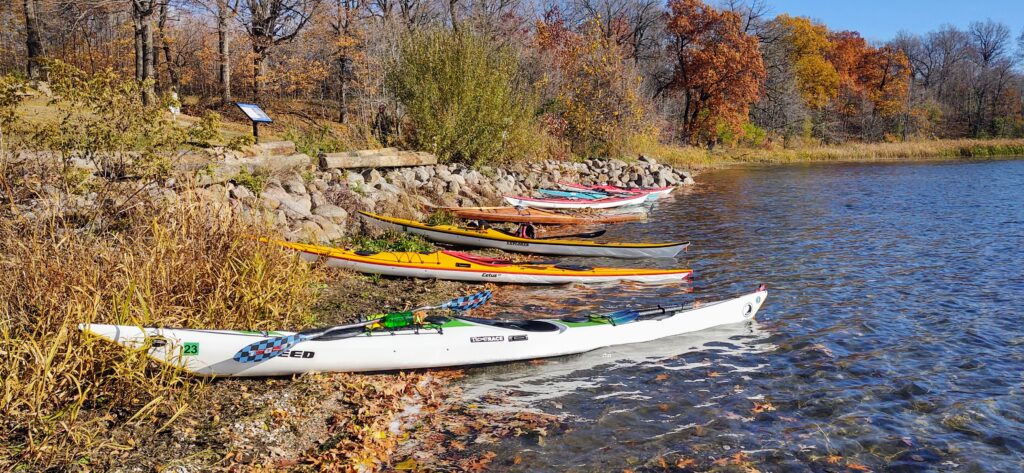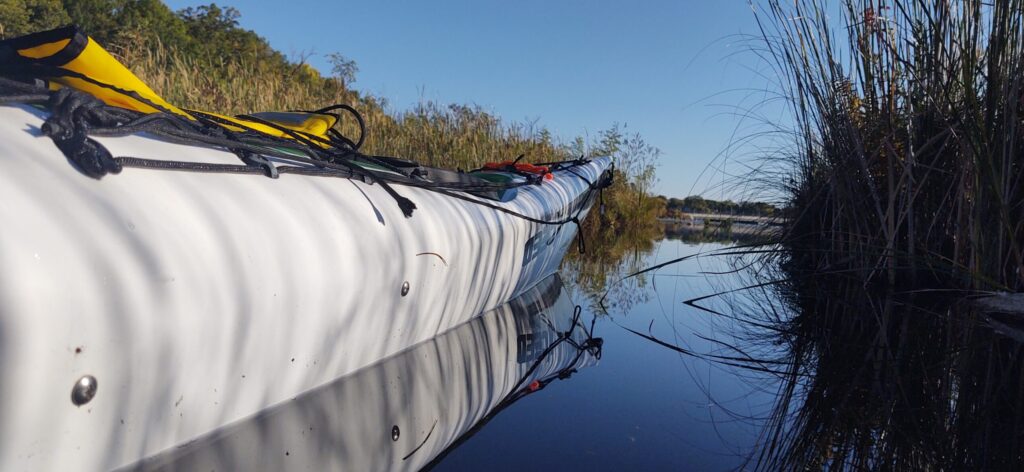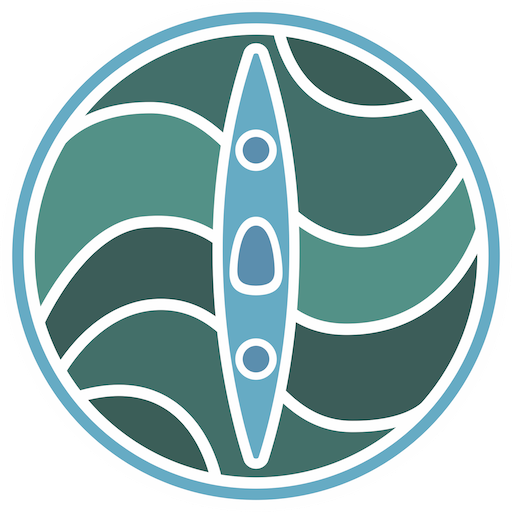Resources
ISK is here to help our members
Looking for a little guidance? Helpful links? How to? Look no further.
Not seeing what you’re looking for? Reach out to us. Board member emails are at the bottom of every page. We always love to hear from you.
FAQ
Members Only
ISK has two websites?
That’s why some links will take you to our members-only portal where you can register for events, post in the forums, and donate to the club scholarship, for instance.
The bottom of every page includes a button to jump over to the Member Portal. Ready to jump over now? Click here.
If you still have questions after looking through the FAQ, feel free to reach out to any board member. Our emails are below, at the bottom of every page.
I don't see how to register for events on the member site.
I could use a tour of the Member Portal
Watch this video. <<<Need to Make it.>>>
I need to register a family member or guest.
In this 6-minute video, I walk you through registering for a trip that includes multiple options, like adding a guest. Still have a question? Email a board member. Our email is at the bottom of every page.
How do I connect with other members?
On our membership portal site, you can look up contact information for your fellow paddlers, sign up to get forum updates, post in the forums, and register for events.
When you set up your profile, adding a photo so other members can put your face to your name is appreciated.
The best way to stay in touch is to turn on messages from the forums. Whenever someone plans an impromptu paddle, you’ll hear about it. When a member is ready to part with some gently used gear, you’ll know. You might just find that item you have been searching for. Updates about events and news from the Board…you got it. Sign up for the forum.
Go to the Member Portal. Log in and click the Directory or Forum tabs.
How do I access the Member Library?
Our Members-only Library of recorded presentations is on a password protected page. The password is available to all active members in the Member Portal. Need help? Email us using the button in the footer of every page.
How do I apply for a grant?
Hop over to our Grant page, get the details, and apply today.
FAQ
New to Sea Kayaking
What kind of gear do I need to get started?
At a minimum, you’ll need a kayak with bulkheads and deck lines, a PFD, paddle, and sprayskirt. In addition to gear, remember to dress for water temps. Cotton has no place on the water. Look for synthetic fibers.
Kayak type varies. You can safely paddle with us in a smaller touring kayak (14′ +). A longer kayak, 16’+, will track (hold its course) better and be faster. If you’re getting started and don’t have a lot of gear yet, we encourage you to join us on social paddles. Check out what members have, ask questions, and try things out. Most of us are happy to gear swap on paddles so you can get the feel of something different.
How is a sea kayak different from other kayaks?
There are a lot of factors to consider. How a kayak fits you is one of the biggest. Test paddle as many kayaks as you can. You should “wear your kayak” and be able to rotate your body. If the seat back is high, it will make it difficult to drop back into your seat after a rescue.
Do your homework, join some club paddles, ask questions of your fellow kayakers.
What should I look for in a paddle?
You will be propelling your kayak with your body using your paddle. It’s an important piece of gear! The basic paddler height + boat width calculation you’ll find in shopping guides probably won’t get you to your ideal paddle. Test. Test. Test before you buy. Try both Euro blade and Greenland style paddles. Get a feel for whether you prefer a high or low angle stroke. Join our social paddles and talk to members. We will generally be happy to let you try ours!
- REI’s guide to paddle shopping
- Midwest Mountaineering typically has boat demo days every year on local lakes and gear reps come to the Spring Expo.
I feel like such a newbie...
We all had to start somewhere. We don’t expect new club members to have a full range of gear or impressive skills as beginners. Please join us. If you aren’t sure about anything, email a Board Member. Our contact info is at the bottom of every page.
Gear is an investment, and there is no timetable on upgrades. We encourage you to join us on social paddles, skill sessions, in the pool, and more. Get to know us and you’ll find many friendly paddlers happy to tell you about their favorite essentials. It’s common for members to post gear for sale on the forum and our Facebook page. You could find some great deals as you’re putting together your kit.
And skills are developed with time and practice. Why not get on the water today and start learning with us?
*The only caveat is to use common sense. You wouldn’t want to capsize in lake water that’s 40 degrees, miles from your car, unless you’re dressed for it.

FAQ
TRIPS
Is this trip for me?
Be honest with yourself about your paddling and/or camping abilities. Descriptions should give you an idea of paddling time, distance, and conditions. If you aren’t sure, email the trip leader or organizer. Contact information is listed on the registration page.
How do I pack for a trip?
Need a packing list? Go to the Member Library and check out two downloadable PDFs.
Remember: it’s easier to pack many small dry sacks than a few large ones.
Where do I file my trip report?
Thank you so much for leading a trip (or writing a trip report for your leader or co-leader)!
Please fill out the trip report form here and send your images to the Trips Coordinator using the email button at the bottom of the page. All the details are in the form. If you have any questions as you fill it out, send me an email. I’d be happy to help!
Get downloadable resources, too.
ISK Trip Level 1
- Flat and protected water.
- Rest stops and places to get out of the boat are frequent with easy access.
- Total trip duration up to three hours and up to five miles.
- E.g. Social paddles.
Recommended skills for a Level One trip:
- Paddle forward
- Paddlebackwards
- Turn
- Stop
ISK Trip Level 2
- Extends the time and distance of a Level One trip and adds a more dynamic water environment.
- May encounter waves that spill onto the deck of your kayak.
- May share the water with larger boats such as sail or power boats.
- Rest stops and places to get out of the boat may be up to two hours apart.
- Duration may be up to six hours and cover a distance of up to 15 miles.
- E.g. Lake Minnetonka.
Recommended skills for a Level Two trip:
- Level One skills
- Move sideways
- Rescues
- Comfort with bumpy water
ISK Trip Level 3
- Shares trip distance and duration with Level Two and adds current to the environment.
- Moving water may be fast and may change throughout the trip.
- Expect additional hazards in the water such as trees, obstructions, and debris.
- E.g. St. Croix River.
Recommended skills for a Level Three trip:
- Level Two skills
- Crossing eddy lines
- Use paddle stroke anticipation
ISK Trip Level 4
- The highest ISK trip level in a non-coastal environment.
- Raises the expected conditions above Level Three.
- May experience waves that consistently break over your deck.
- Waves may cause instability.
- Scattered whitecaps may be present.
- Places to rest or get out of the kayak may be up to three hours apart.
- Difficult landing spots.
- Heavy boat traffic that requires two-way communication.
- Trip duration up to six hours and covering up to 15 miles.
- Carry an emergency kit for unplanned overnight stays.
- E.g. Apostle Islands.
Recommended skills for a Level Four trip:
- Level Three skills
- Awareness of your impact on the group.
Remember, active trip participants create successful paddles.

FAQ
Safety
What counts as safety gear?
What kind of safety gear you need depends on conditions. A newer paddler with less gear can safely paddle in a group in which several other members carry safety gear, so not having something does NOT preclude you from joining us on the water. That said, most paddlers start to acquire some safety basics right away.
- PFD: Make sure it’s designed for kayaking. Ensure it fits by having someone lift at your shoulders, the jacket should only rise about ½”. Pockets are great for holding snacks, a handheld compass, a pocket emergency gear like sun screen, bandaids, electrical tape, etc. A spot for weather radio. Do you want some hydration on your back?
- Whistle, water-activated lights, paddler’s knife: These small items are carried on or in your PFD to assist with rescue situations.
- Paddle Float: Do you need a paddle float to get back into your kayak?How about a sponge and/or pump to remove water from the cockpit.
- Tow belt: You will see many members with a tow belt around their waists. Please take some training on using a tow belt – remember Clip UP.
- Electrolyte gel: When fatigue sets in, an energy gel, easily stowed in a pocket can get you through the final miles of a paddle. They typically have sugar, carbs, electrolytes, and/or caffeine.
For more on gear, check out the downloadable slides from our gear presentation in the Member Library. Thanks, Rob!
What paddling skills do I need to be safe?
- Awareness: know where you are, who you’re with, and keep abreast of conditions from boat traffic to wind and stormy skies.
- Honesty: be honest with yourself and your fellow paddlers about how you’re doing. Are you feeling confident and comfortable enough for the paddle ahead of you? Has anything changed, like fatigue, hunger, or illness?
- T-rescue: you and your paddling buddy should be able to aid in each other’s rescue.
- Cowboy rescue: if you’re ever paddling alone, you need to be able to get yourself back in your kayak, drain it, and paddle on.
- Knowledge: If you got it, know how to use it. If you’re wearing a tow belt, packing a first aid kit, or have a chart and deck compass on your kayak, be prepared to use them.
Seasick...oh boy
Turning green? It’s no small problem when seasickness strikes a paddler.
This article posted on Superior Paddling by Jeffrey Lee has helpful information.
FAQ
Charts, weather, water
How do I find out water levels?
Where can I check weather conditions?
Which charts do I need?
- Apostle Islands: National Geographic #235
- Apostle Islands chart with bearings
- Voyageurs National Park: National Geographic #264
- Mississippi, Saint Croix and Minnesota River – U.S. Army Corps of Engineers, Upper Mississippi River Navigation Charts (army.mil) Downloadable in sections. Option to call the Rock Island USACE office at 309-794-5338 to order the Upper Mississippi book.
- Pike Island is River mile 844, Confluence: CHART_4.pdf (army.mil)
- St. Croix Boom Island: CHART_5.pdf (army.mil)
- St. Croix River / Namekagon River: Saint Croix National Scenic Riverway (U.S. National Park Service) (nps.gov)
- St. Croix River: Saint Croix National Scenic Riverway (U.S. National Park Service) (nps.gov)
- St. Croix River: Current Conditions – Saint Croix National Scenic Riverway (U.S. National Park Service) (nps.gov)
- Lake Minnetonka (L141), Prior Lake, Lake Waconia: Fishing Hot Spots Maps. Available at Bait shops and Fleet Farm also online at Lakes Online
- White Bear Lake: White Bear (82016700) | LakeFinder | Minnesota DNR (state.mn.us); White Bear Lake Topo Map MN, Ramsey County (White Bear Lake West Area) Topo Zone
- Big Marine Lake: b0379011.pdf (state.mn.us) water depth; Big Marine (82005200) | LakeFinder | Minnesota DNR (state.mn.us) general information. I
How do I prepare for cold water?
- Attend ISK’s annual Cold Water Immersion event (usually occurs in April, check Events)
- Cold water paddling article
- REI’s layering clothes for kayaking article
Places we love to go.
Parking permits: We recommend a City of Minneapolis Parks and Recreation permit, especially for the Chain of Lakes. Washington and Anoka county have reciprocity.

